Where to watch Eta Aquarids meteor shower 2025 in Australia
This meteor shower is set to be one of the most spectacular we've seen in quite a while — and Aussies in the Southern Hemisphere get the best seat in the house.
If you’re looking for a magical reason to set your alarm for the wee hours of the morning, the Eta Aquarids meteor shower is it.
Known for its fast, bright meteors and links to the legendary Halley’s Comet, this meteor shower is set to be one of the most spectacular we've seen in quite a while — and Aussies in the Southern Hemisphere get the best seat in the house.
This celestial event is the perfect excuse to rug up, get away from the city lights, and soak in the wonders of the night sky.
Whether you’re a seasoned stargazer or just want to see something unforgettable with the kids, here’s everything you need to know to see the Eta Aquarids in 2025.
What is the Eta Aquarid meteor shower?
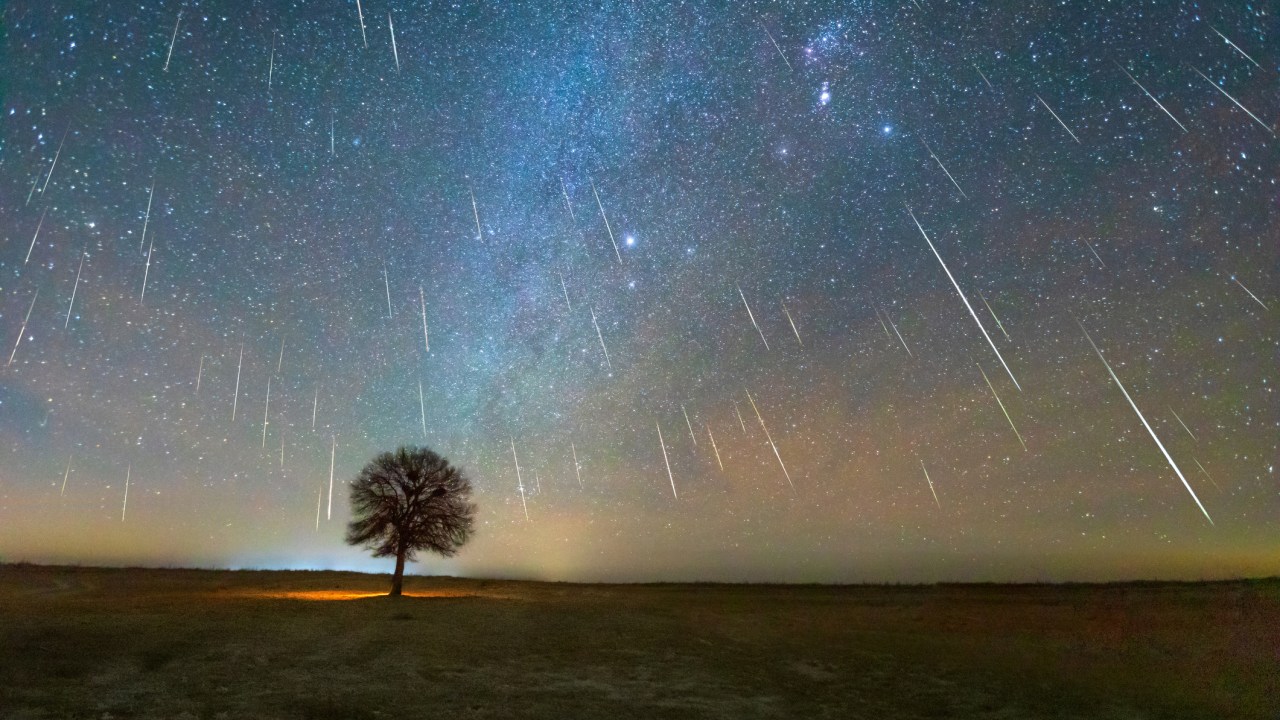
The Eta Aquarids (also spelled Eta Aquariids) are an annual meteor shower created by the debris left in space by Halley's Comet — one of the most famous comets in the solar system. Every May, the Earth passes through this trail of space debris as it orbits around the Sun, and the result is a spectacular light show.
As tiny particles from the comet’s orbit enter our planet’s atmosphere at speeds of around 66 kilometres per second, they burn up and streak across the sky, producing the “shooting stars” we all love to wish on.
The shower is named after the star Eta Aquarii in the constellation Aquarius, where the meteors appear to originate — also known as the shower’s radiant.
Why the Eta Aquarids are a Southern Hemisphere favourite
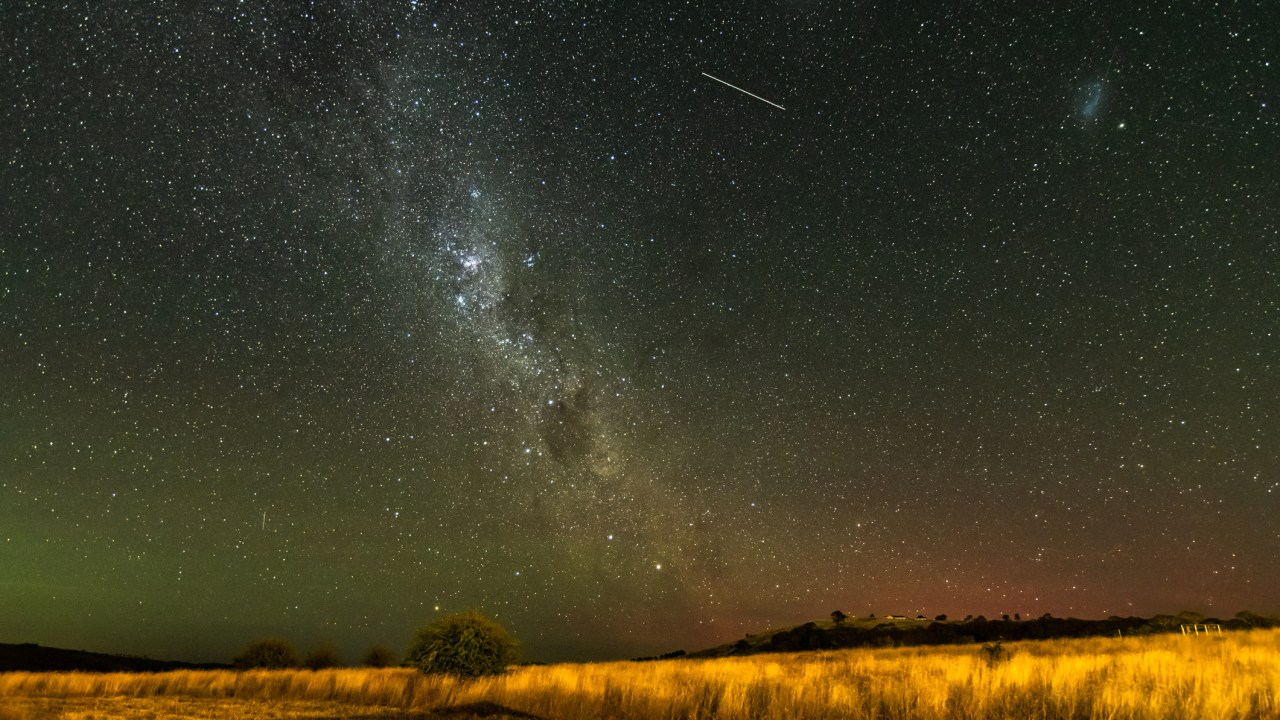
While the Eta Aquarid meteor shower is visible from both hemispheres, observers in the Southern Hemisphere get the real show. We can expect to see up to 50 meteors per hour during the shower’s peak, and sometimes even more under the right conditions.
What makes the 2025 event extra exciting is that it coincides with a waxing crescent moon on May 1, meaning darker skies and little to no moonlight washing out the fainter meteors. That’s a huge win for visibility.
This meteor shower is also known for its fast meteors, which can leave glowing trails that linger in the sky. Some of them even fragment and create mini bursts of light — a thrill to witness and easy to spot even without special equipment.
When and where to see the Eta Aquarids in 2025
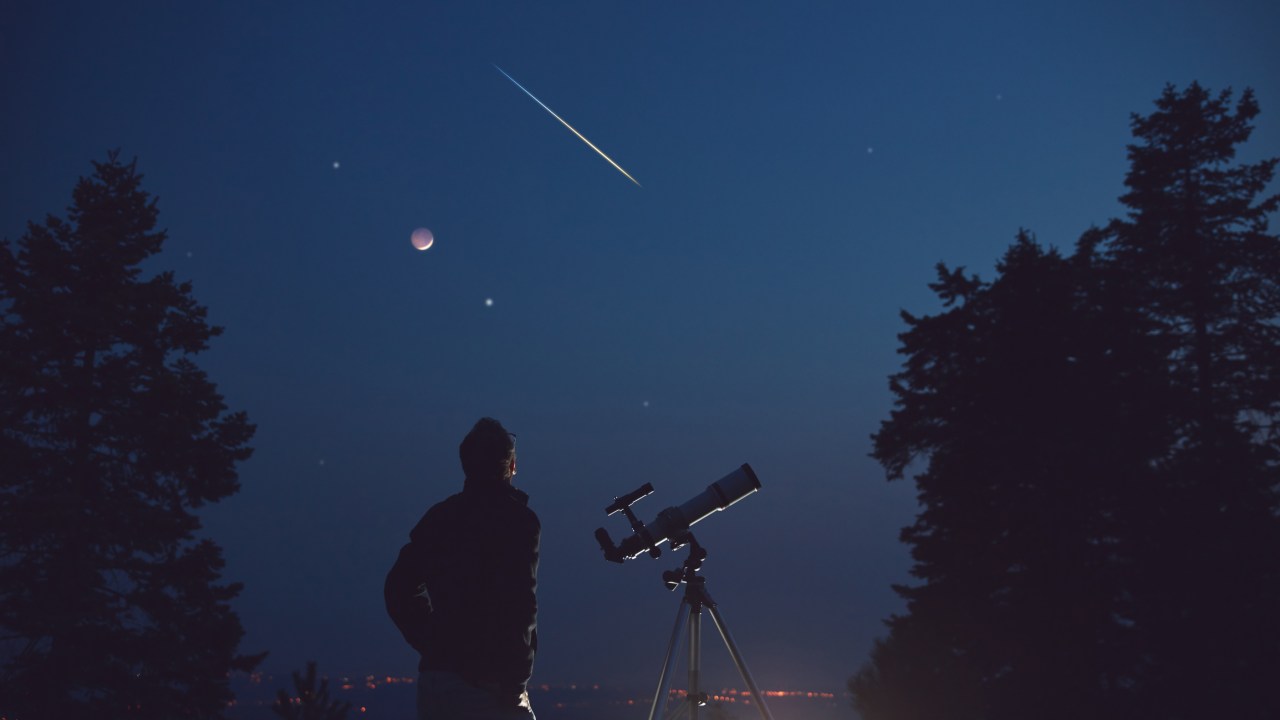
The Eta Aquariid meteor shower will peak between May 4 and May 7, but meteors will be visible from late April through mid-May. If you’re really keen, keep watch anytime between April 19 and May 28.
May 5 and 6 will be the best days to see them.
The best time to see the Eta Aquarids is in the pre-dawn hours, specifically from 3am to 5am, when the radiant point in the eastern sky is highest. The Eta Aquarids radiant — that’s the area near Eta Aquarii in Aquarius — rises higher in the hours before dawn, giving us the clearest view of the action.
Top viewing spots in Australia
To escape street lights and light pollution, you’ll want to head somewhere dark and open — away from city lights and high on natural beauty. Here are some stunning spots across the country to experience the Eta Aquarids:
Lake Eildon, Victoria
Just a few hours’ drive from Melbourne, Lake Eildon offers wide open skies, minimal artificial light and stunning surrounds — a great combo for winter getaways and night sky watching.
Warrumbungle National Park, NSW

Australia’s only official Dark Sky Park, this gem in central NSW is renowned for its crystal-clear views and space-focused attractions. Book a campsite or cabin, and enjoy one of the best stargazing spots in the country.
Outback South Australia
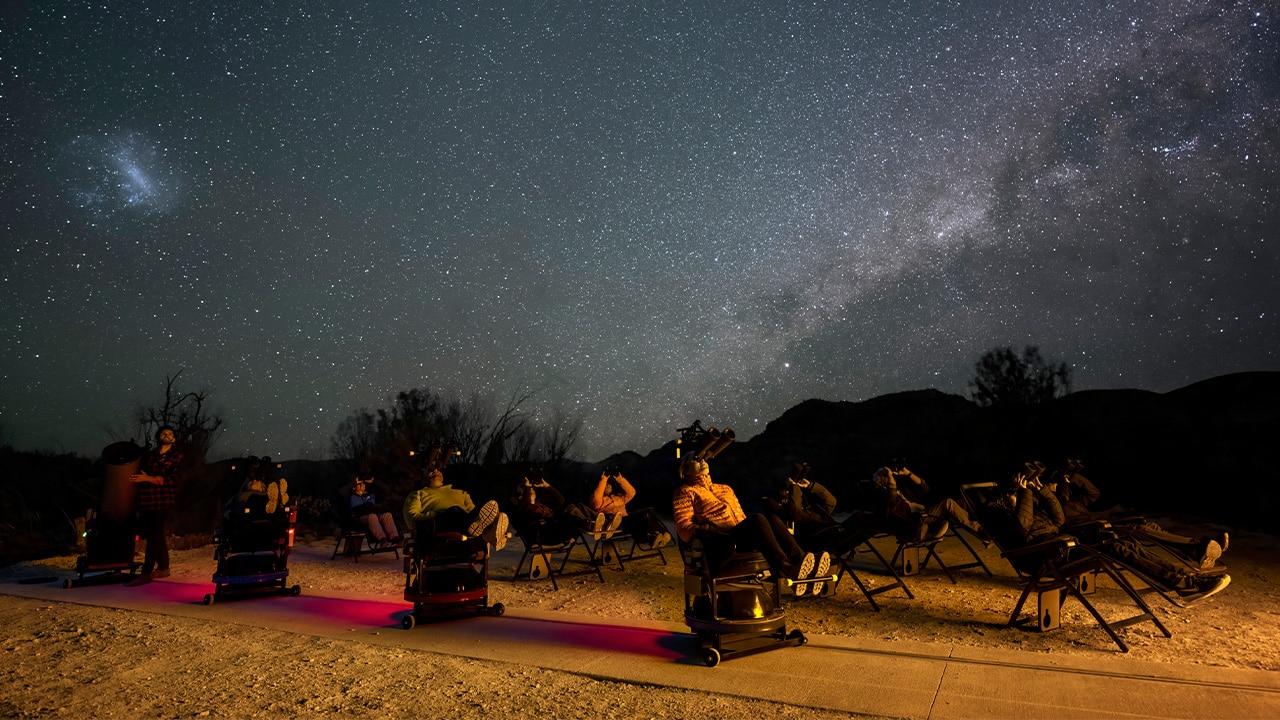
Places like Arkaroola or the Flinders Ranges provide deep night skies and incredible rugged landscapes. The contrast of blazing meteors over ancient red rock is breathtaking.
Karijini National Park, WA
The Pilbara region offers mind-blowing canyons by day and epic cosmic views by night. There’s barely any light interference, making it ideal for catching meteor showers.
Cradle Mountain, Tasmania
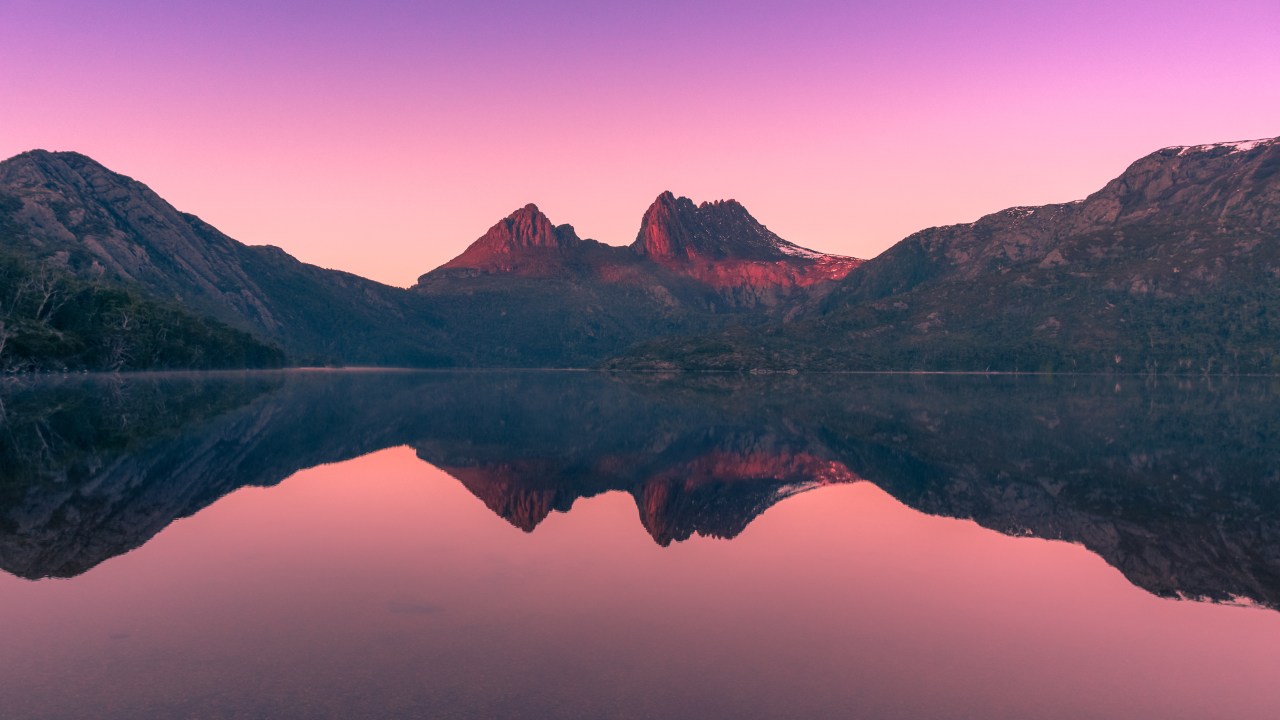
Tasmania's alpine regions offer crisp, clear air and open skies. Plus, if you're lucky, you might also catch a glimpse of the aurora while you're at it.
Make a night of it: tips for meteor viewing
Head east: Position yourself so you’re facing the eastern sky, where the shower’s radiant rises.
The science behind the show

The Eta Aquarids are part of a pair — two meteor showers created by Comet Halley. The second, the Orionids, happens in October and is more visible in the Northern Hemisphere. But in May, it’s our turn.
As Earth passes through the comet’s orbit, tiny fragments of ice and dust (some no larger than a grain of sand) hit our planet’s atmosphere and vaporise, creating light trails. Because of their angle and speed, Eta Aquarid meteors tend to be especially fast and long-lasting.
The American Meteor Society ranks the Eta Aquarids as one of the most consistent and reliable showers each year, particularly for Southern Hemisphere viewers.
And even though Comet Halley only returns every 76 years, its cosmic leftovers deliver the goods annually.
More Coverage
Why it’s worth the early start
There’s something quite magical about watching a meteor shower unfold in real time — a reminder of how small we are in the vastness of the solar system. Whether you’re lying on a picnic rug with your partner, bundled up with the kids, or simply taking a moment to yourself in silence, seeing the Eta Aquariid shower is the kind of moment that sticks with you.
In a world where screens dominate and life moves fast, a few quiet hours under the stars is the perfect excuse to slow down, reconnect, and soak up the wonder of the universe — no filters required.
Originally published as Where to watch Eta Aquarids meteor shower 2025 in Australia






